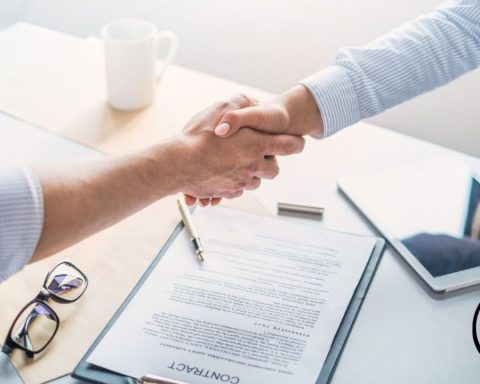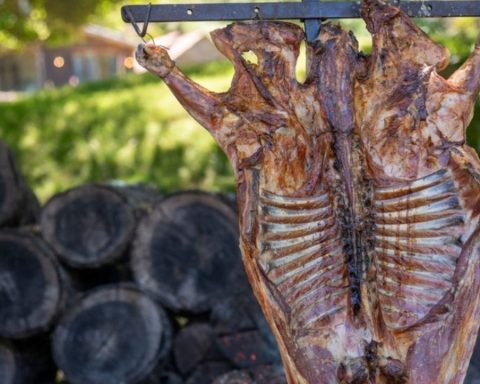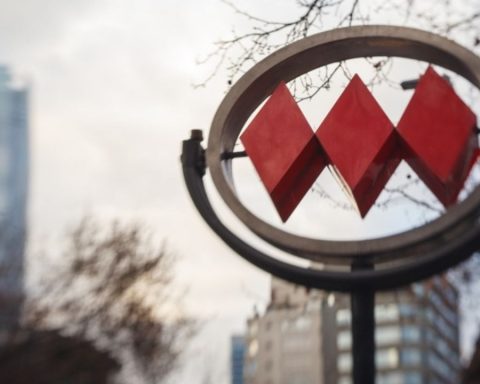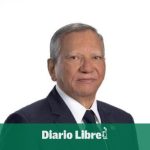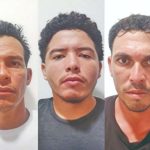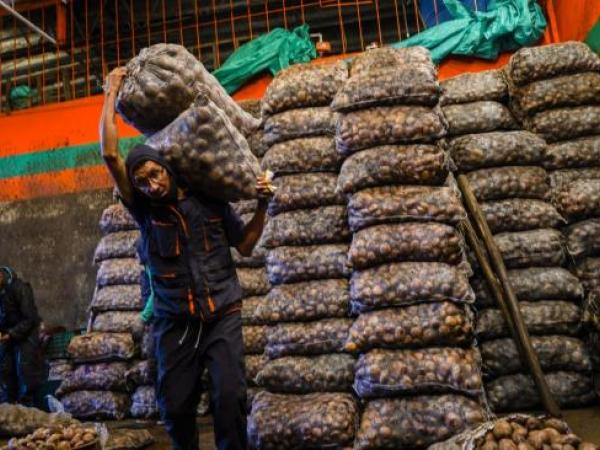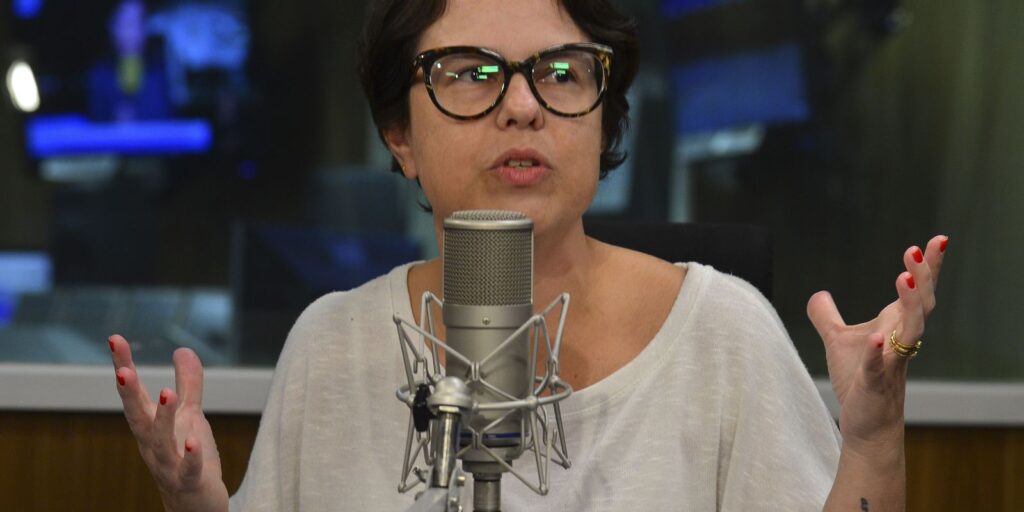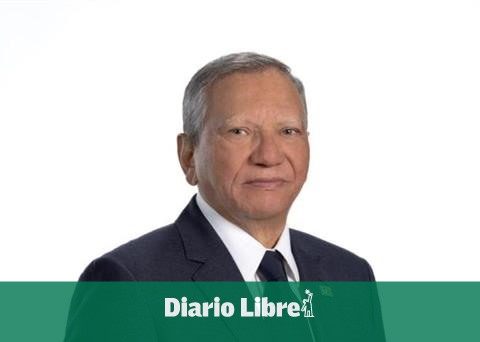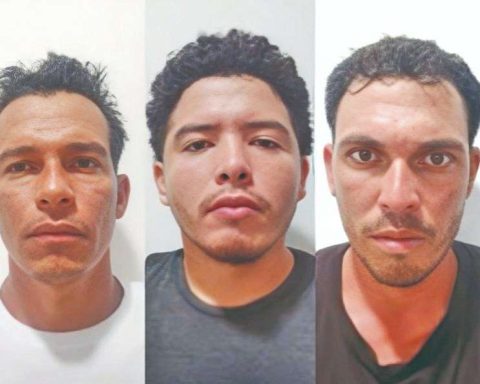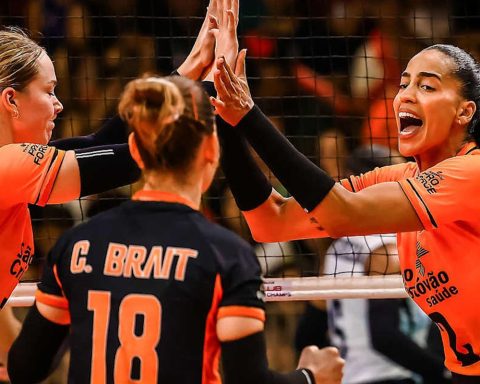A senior former official of the Government of Sebastián Piñera in La Araucanía, who requested confidentiality of identity, assures that the leaders of the Organs of Territorial Resistance (ORT) “are fully identified and geographically located in Biobío and La Araucanía.” He even affirms that there are folders “with photos of their faces.” But the complexity of proving their participation in crimes “is what stops them from taking detainees,” he asserts to The counter.
But why have they not been stopped, even when they have claimed responsibility for two separate attacks? For the official of the previous administration, the problem “is of a technical-legal nature.” “There are pro-Mapuche judges here and we could see that in the past government. In addition, it is difficult for prosecutors to prosecute these cases, since the standard of proof is too high, ”he notes.
“The central problem – he adds – is that the criminal procedure system forces you to associate a fact to a person with a crime. And in the case of illicit association, it is even more complex, because you must prove in court that these people met in order to commit an offence”.
According to their experience, these organizations are made up – as has been known – of “radicalized groups, with paramilitary training, a strong ideological component” and that, although they arise under the auspices of the Coordinadora Arauco-Malleco, “the CAM does not control”. All this according to the information to which he had access when he worked in the coordination of security and intelligence actions together with the police in La Araucanía.
Likewise, this former public official points out that the ORTs “house about 417 members. Most of them are young.”
To date, six ORTs are known with certainty. Names that began to be repeated on canvases and writings left in attacks and attacks in the regions of Biobío, La Araucanía and Los Ríos.
-Coordinator Arauco-Malleco (CAM): The CAM was born in 1996, as its founders describe in texts, they are part of “units with greater capacity and specialization to be able to execute actions of a tactical-strategic nature and that go in the direction of our political project.” That is why in their communications they deny being part of attacks on people, only on elements that are part of a capitalist system.
The first protest action of the Arauco-Malleco Coordinator is the attack on trucks in the district of Lumaco (1997), which represented a turn in the paradigm in the Mapuche struggle and the emergence of radicalization.
To date, attacks have been awarded in the Biobío, La Araucanía, Los Ríos and Los Lagos regions. And its leader is Héctor Llaitul.
–Weichan Auka Mapu (WAM): Body of Territorial Resistance that was born on 2016. One of its principles is to generate strategies of resistance “against the usurper and oppressor enemy.” This armed group would have risen up after discrepancies that arose with the leader of the CAM, Héctor Llaitul.
-LMapuche National Liberation (LNM): ORT that has been awarded attacks in Lautaro, Vilcún, Nueva Imperial, Loncoche, all communes of the La Araucanía Region, and in Máfil, of the Los Ríos Region.
-Resistance Mapuche Malleco (RMM): They operate in the regions of La Araucanía and Los Ríos. Attacks have been awarded in the commune of Victoria and Ercilla. In addition to the attack suffered by the Minister of the Interior, Izkia Siches. Likewise, the fire that affected the cabins of the parents of the former president of the DC and conventional constituent, Fuad Chahin.
-Resistance Mapuche Lavkenche (RML): ORT that has been awarded attacks in the province of Arauco and Cautín. Including Cañete, Contulmo, Curanilahue, Los Alamos, Lebu, Tirúa and Carahue.
-ORT Anganamun: Attacks have been awarded on the Portahue estate in the Galvarino commune and on the Forestal Cautín. In Arauco and Contulmo (Biobío Region).
-Mapuche Territorial Alliance (ATM): In the case of the ATM, it is noteworthy that in 2012, members of this ORT were part of a joint effort with ECLAC. Work that ended with a document entitled Territorial inequalities and social exclusion of the Mapuche people in Chile. Situation in the commune of Ercilla from a rights approach”.
In said letter, ATM was described as “one of the organizations that work to improve the quality of life of its communities, for which it expresses a high interest in studies and policies that contribute to the recognition of their rights, as well as the search for solutions to their vulnerabilities”. Among the community members who participated in this investigation, Mijael Carvone Queipul (Temucuicui community) is named, as well as lonko Juan Catrillanca (Temucuicui community) –father of the murdered community member Camilo Catrillanca– and lonko Juan Curinao (Guanaco Millao community), both from the ATM , According to the document.
Furthermore, among its spokespersons is lonko Alberto Curamil, winner of the Goldman Prize, considered the “Environmental Nobel”.
The latter was linked to an attack in the Collipulli commune in 2017, an association between this ORT and the attack that could not be verified to date.
Fernando Pairican and the history of the CAM and the ORT
For Fernando Pairican, Mapuche historian, doctor in History from the University of Santiago and author of books such as malon, the rebellion of the mapuche movement, The Mapuche political path Y The biography of Matías Catrileothe description of the Arauco-Malleco Coordinator as the “mother” of the ORTs is rather a representation “given by the press”.
“It is more complex than that. I believe that these organizations are made up of people who are not even linked to the CAM. They are people who found new organizations and that are the result of State violence. Because they are from areas that have been violated in recent years, then, they make a different reflection on the relationship with the State. That is why they are younger and their historical trajectory is not necessarily linked to an organization. I think they make a more proper diagnosis, ”he points out.
For the doctor in Communication from the University of Seville and researcher in social and cultural studies, academician Carlos del Valle, ORTs represent that step from “a form of symbolic-political violence, which the CAM began in the second half of the 1990s, to uncontrolled physical violence. ORTs, in this sense, are manifestations of the fissures of lack of control. The ORTs represent the move from an offensive to a radical offensive,” he explains.
The turning point: the deaths of Jaime Mendoza Collío and Matías Catrileo
Regarding the increase in violence, Pairican points out that “this (violence) is a mutual escalation. It is a form of asymmetrical dialogue”. “Just as the State increased violence when (the Mapuche) used only sticks, it was possible that, at some point, Mapuche youth or children who experienced violence, would cross the decision to no longer throw stones, but to switch to another type of weapon. ”.
He even dares to identify a turning point: “That began to manifest itself, after the death of Matías Catrileo and Jaime Mendoza Collío. I think it will mark that axis. If I had to put a symbolism, these two deaths between 2008 and 2009, will generate an increase in violence in that generation, which is the generation of 20 to 25 years.
For the UFRO academic, Carlos del Valle, “lThe current ones are offensive strategic forms, where violence occupies a central place, first as ‘calls for attention'”.
“With the arson attacks beginning in 1997 (burning of trucks in Lumaco) and during the last few years, it has transferred into out-of-control violence. The incendiary attacks to make the movement visible in a highly concentrated and colonial media system have led to a situation of lack of control, even for its leaders. Symbolic violence always passes into physical violence. It’s a matter of time.”adds the researcher.
For the historian Pairican, “violence is a circle and, when it breaks you, that’s when as a society you have to ask yourself ‘how did we get to this?’ That is the question”.
And he gives as an example the country that we long to resemble at all costs, but apparently in indigenous matters only from the friendly side of history.
“When the Maori (New Zealand) planted bombs, they had to wonder how they got to that state. And there begins the process of reparation and work, rather than intensifying the violence. And I think that in Chile, the non-indigenous society, has not wanted to ask. Because if we wanted to ask ourselves, we would not have that animosity in the Convention on indigenous rights. So there is no real decision. I think this is like a play where no one is sincere”, indicates the Mapuche historian from the University of Santiago.
Present and future of the CAM
According to one of the articles by the historian Fernando Pairican and Rolando Álvarez, entitled “The New Arauco War: the Arauco-Malleco Coordinator and the new Mapuche resistance movements in the Chile of the Concertación (1997-2009)”, the CAM He had successes and failures.
“His successes are having managed to bring the Mapuche question to the fore, revolutionizing the Mapuche question, having a lasting pride in ‘being Mapuche’. In addition, effective land reclamations have been made. Lastly, the birth of a ‘Mapuchista’ militant, with not lesser groups of people adhering to the Mapuche ideology claimed by the CAM”, is recounted in the text.
And among the failures, one “key” is indicated in the document: that the Arauco-Malleco Coordinator “has not been able to generate a broad Mapuche Political Movement, where all the representations of the Mapuche people converge, often remaining isolated from their peers and before the State as the only enemy to dismantle”.
Regarding the leadership of their werkenes, Pairican indicates to The counter that “as it happens in organizations of this type, the leaders wear out”. And he adds that, in the article noted above, the leaders mentioned there (CAM and others), “today they are older. It is the generation of Llaitul, the generation of Huenchunao, the leaders of that time”.
And he adds that “what you are seeing here (ORT) is a new type of movement, they are younger. Therefore, it is more a result of the policies that the Coalition developed on the Mapuche territory. Both positive and negative.”
Forestry and inequality
For the Mapuche historian, in this scenario there is a relevant actor who, although he sometimes prefers not to appear so, is “a political actor”.
“I mean businessmen. Because, in the long run, the one who has generated the conflict has been the forestry company, which has tried to provide cultural solutions, try to generate economic entrepreneurship, but does not want to discuss what it has generated in the indigenous world.”
And it goes further: “The Mapuche conflict was not at this level before the arrival of the forestry companies and, when they settle, what is seen today is a division, in the indigenous world as well, as a result of the forestry companies”, Pairican points out.
–Is it a dividing entity between the communities?
-Of course, it generates a political dispute within the indigenous movement. In the long run, the forestry companies also fostered this division and that, among other things, is what happens with the tragedy of the peñi who died a few days ago (Segundo Catril).
“For me, the Chilean business community is a political actor. And I think that in this area they too, although they want to provide solutions, those solutions are always based on productivity. I think they should also dialogue with the community world, but in the long run, forestry has generated division. For example, I do business with these and I don’t do business with these others. So, they also incorporate their political decision, ”says the historian and author of the book Political path of the Mapuche.
Finally, Fernando Pairican reflects on the wealth and inequality in the area that he recognizes as Wallmapu.
“The economic benefits of forestry have not been reflected in this region (the poorest in the country), because it is a region where these differences have increased, nor have they been seen in the indigenous world. Therefore, what the forestry does is generate precarious work projects with some communities, but with the aim of also generating a division”, he points out.

